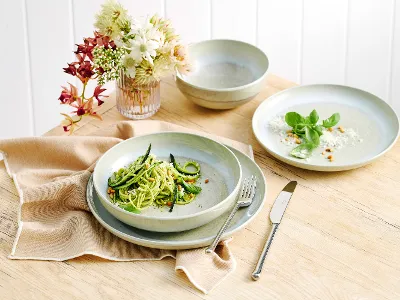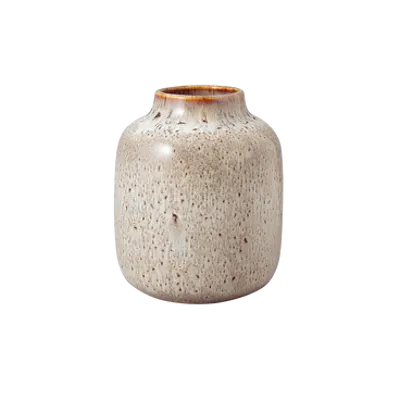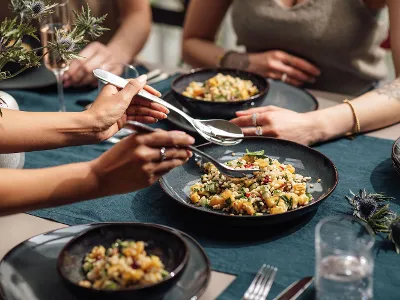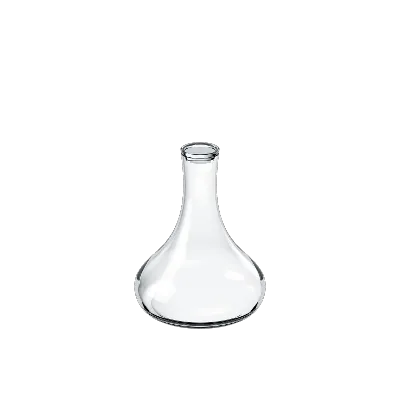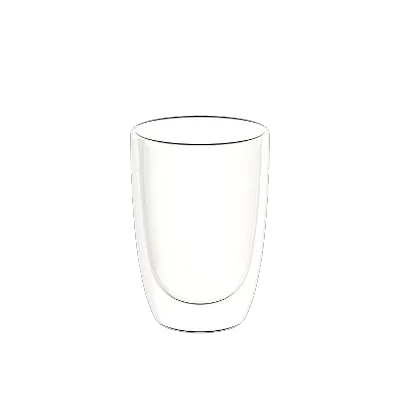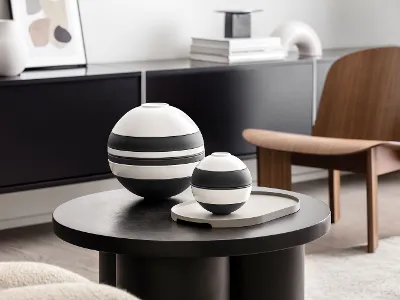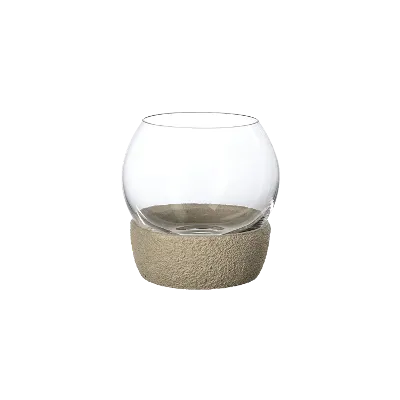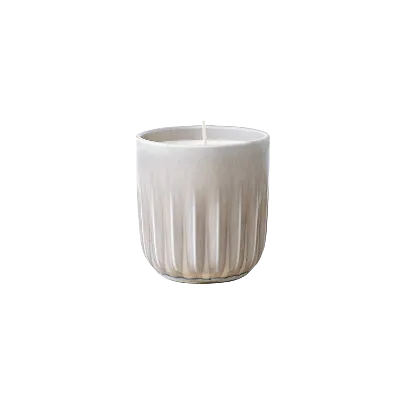Shop Black Week and Save 25% Off Storewide
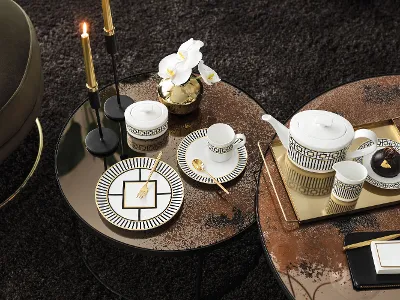
British afternoon tea
Afternoon tea is synonymous with British culture and a tradition that has now spread all over the world. In the UK, tea is not just a drink for the afternoon, however, and the ritual is enjoyed at all times of day: from an early morning cuppa in bed to tea with breakfast and elevenses. However, afternoon tea is the best-known tradition and this is what people from different countries tend to think of first.

What is afternoon tea?
Fine teas, delectable sweet treats, savoury snacks, fine porcelain and an elegant atmosphere:
Afternoon tea is a sophisticated treat to be enjoyed with guests and accompanied by lively conversation.
It is traditionally served on a low parlour table.
But what are the origins of the British tea culture?
A closer look at its history reveals a few surprises – or perhaps you already knew that the UK owes this tradition to two strong women?
When is the traditional time to drink tea?
Afternoon tea is typically enjoyed between three and five o'clock in the afternoon, and is sometimes also known as five-o-clock tea. The origins of the afternoon tea tradition can be traced back to Lady Bedford, lady-in-waiting to Queen Victoria, who is regarded as its inventor.
Lady Bedford often felt a little unwell in the late afternoon. In her day, it was customary to have just a light meal at lunchtime, but dinner was not served until after seven in the evening. To keep her strength up, Lady Bedford used to have a cup of tea and a light snack brought to her in the afternoon. She served these refreshments to her guests in the parlour. Lady Bedford’s afternoon teas became a highly anticipated and esteemed event among the British aristocracy.
Tips for preparing afternoon tea
The decision of whether to pour milk into the cup before or after the brewed tea is entirely yours. The British Standards Institute (BSI) recommends first steeping tea for 3 to 5 minutes and then transferring it directly to a cup or teapot.
In contrast, in the East Frisian tea ceremony, tradition dictates that you first place a lump of rock sugar into your cup, then pour over the hot tea and add a swirl of cream poured in a circular motion as stirring is frowned upon by the Frisians.
We recommend using fresh milk with 1.5% or 3.5% fat content and to heat it to room temperature before adding it to the tea. A small milk jug that can accommodate enough milk for a whole teapot does the job perfectly.
Let the tea steep for 2 to 5 minutes, depending on taste and type, and then transfer the brewed tea to a clean glass or porcelain teapot preheated with hot water. Or use a tea egg or infuser so you can easily remove the tea leaves from the pot of brewed tea. Don't forget: the longer the tea steeps, the more intense the aroma becomes and the more tannins are released.
What is the teatime tradition?
The British usually drink their tea without sugar, as this allows its flavour to develop better. To offset the somewhat bitter flavour of the various tea varieties, sweet treats are often served with afternoon tea.
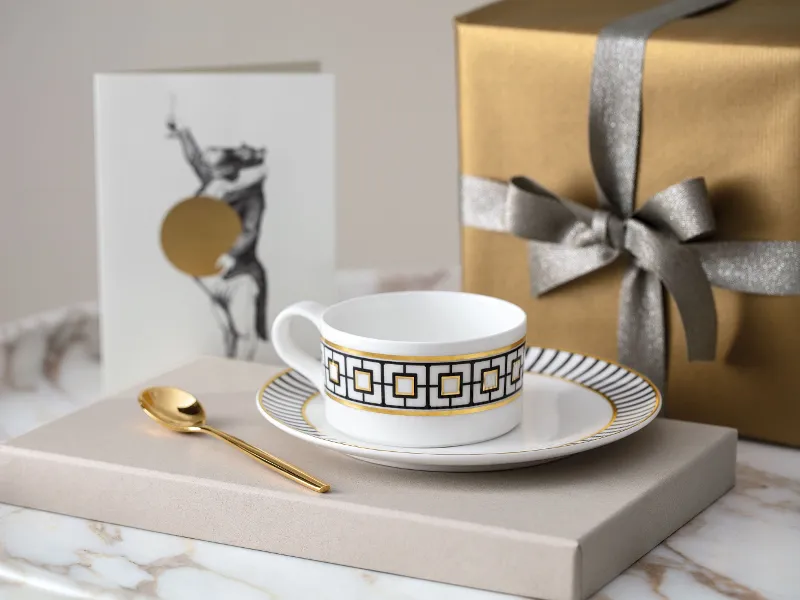
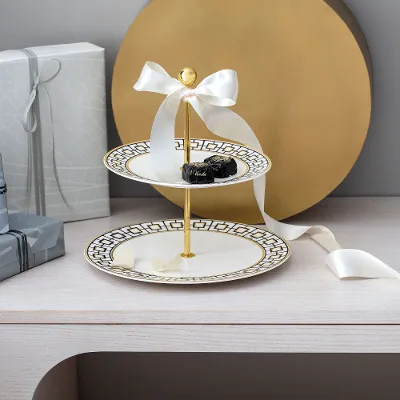
Picture 1: Make afternoon tea extra special with an elegant cup, like those in the MetroChic collection. | Picture 2: Serve afternoon tea treats in style on a tiered cake stand. | Picture 3: A teapot is practical and elegant for serving different varieties of tea.
Sweet treats
The following sweet treats are popular choices for afternoon tea:
Shortbread:
Sweet shortbread originally came from Scotland, but is very popular throughout the UK. It is made with lots of butter which gives it a rich flavour and is often served with afternoon tea.
Cupcakes:
The imagination knows no bounds when it comes to these small cakes topped with rich icing or cream. New versions appear constantly, including savoury as well as sweet cupcakes.
Crumbles:
Fruit is baked under a crispy crumbly crust to make this sweet treat. Apples, blackberries, peaches, plums, rhubarb and gooseberries are all popular choices. Crumbles are served warm with custard or ice cream.
Toffee and fudge:
This sweet treat is made from caramel and butter. Milk or cream is added to make fudge. Toffee tends to be hard, while fudge is soft. One British favourite is sweet & savoury peanut toffee.
Scones:
This soft, crustless sweet treat is traditionally eaten warm with afternoon tea in the UK. It is often served with butter, jam or honey. Clotted cream, a spreadable cream that tastes similar to mascarpone, is often also found on the afternoon tea table.
Tea bread:
You’ll find lots of different recipes for this yeast bread. Tea breads containing fruit, usually redcurrants or sultanas, are popular. They can also be often baked with malt, cinnamon or other spices. Tea bread is usually sliced and served with butter.
Tea cake:
British teacake is given different names in other parts of the world. These sponge cakes are usually baked with sultanas, along with candied lemon and orange peel.
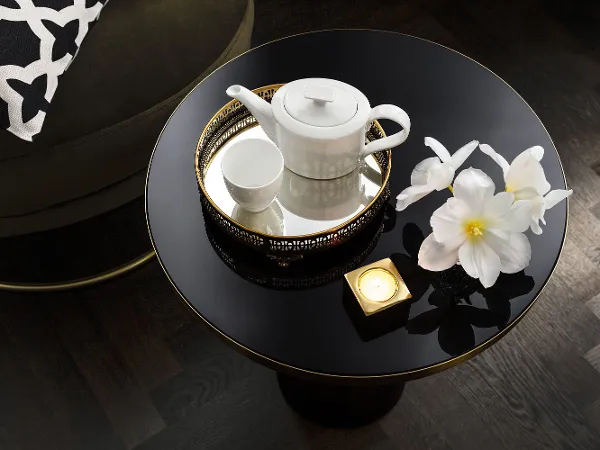
Typical tea varieties are:
Darjeeling - a light North Indian tea.
Ceylon tea - a stronger Indian tea.
Assam - a very strong and spicy Indian tea.
Lapsang Souchong - a Chinese tea with a smoky flavour.
Yunann - a fine, medium-bodied Chinese tea.
Earl Grey - a tangy, strong blend of black tea flavoured with bergamot.
Lady Grey - Earl Grey flavoured with orange or lemon.
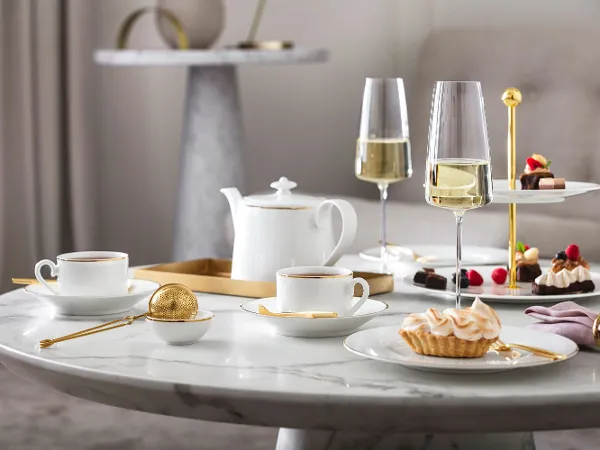
Afternoon tea - a treat you can savour at home too!
Britain owes its tradition of afternoon tea to two strong women. Today, this exquisitely presented treat is enjoyed all around the world and offers the perfect opportunity for a relaxing interlude – a brief escape from the daily routine.
Try it at home! There are no set rules for the accompaniments – serve whatever appeals to you and your guests. Be creative and prepare your own personalised afternoon tea experience in the cosiness of your own home!
